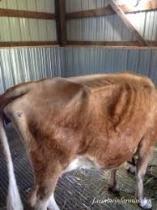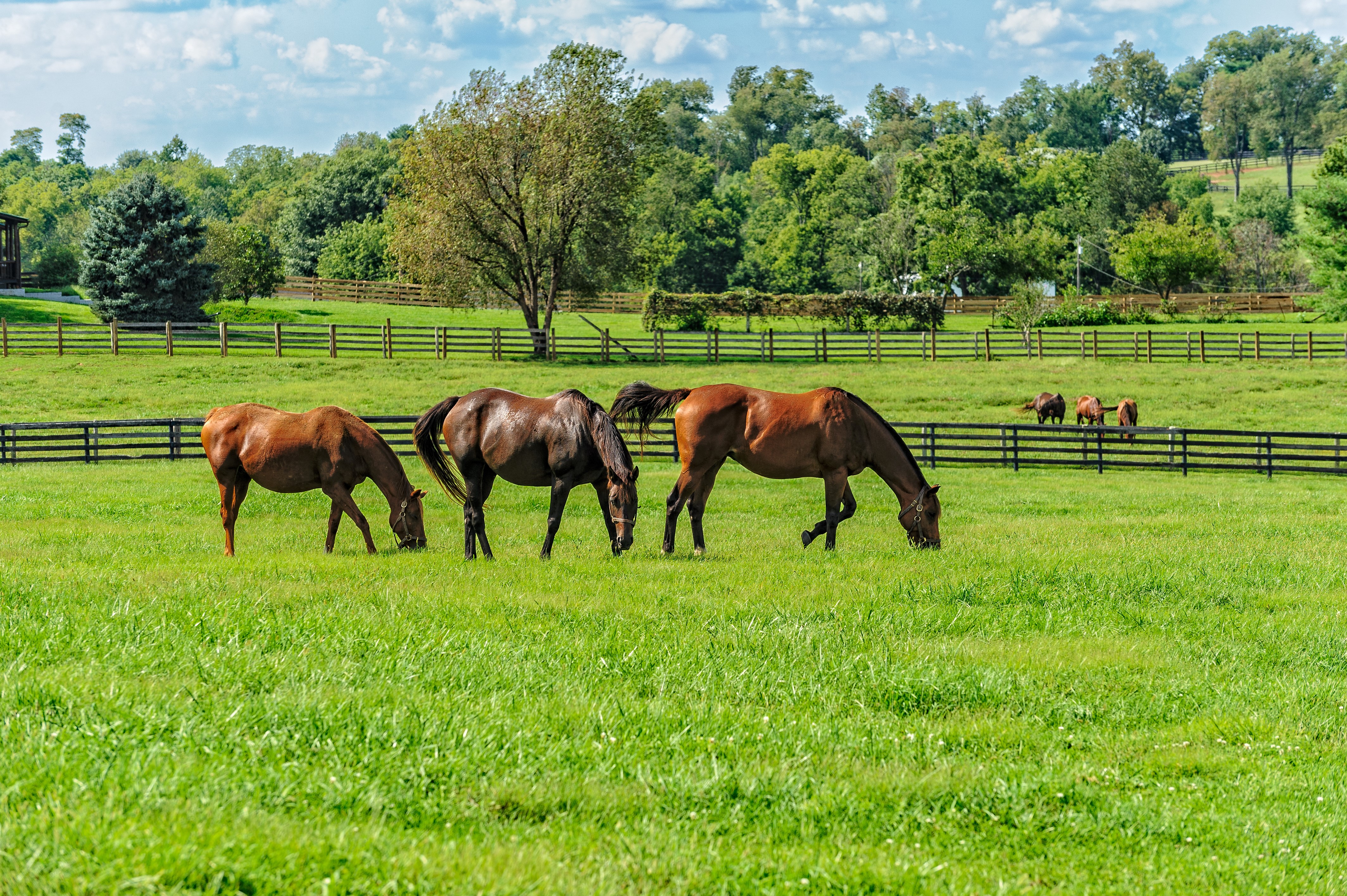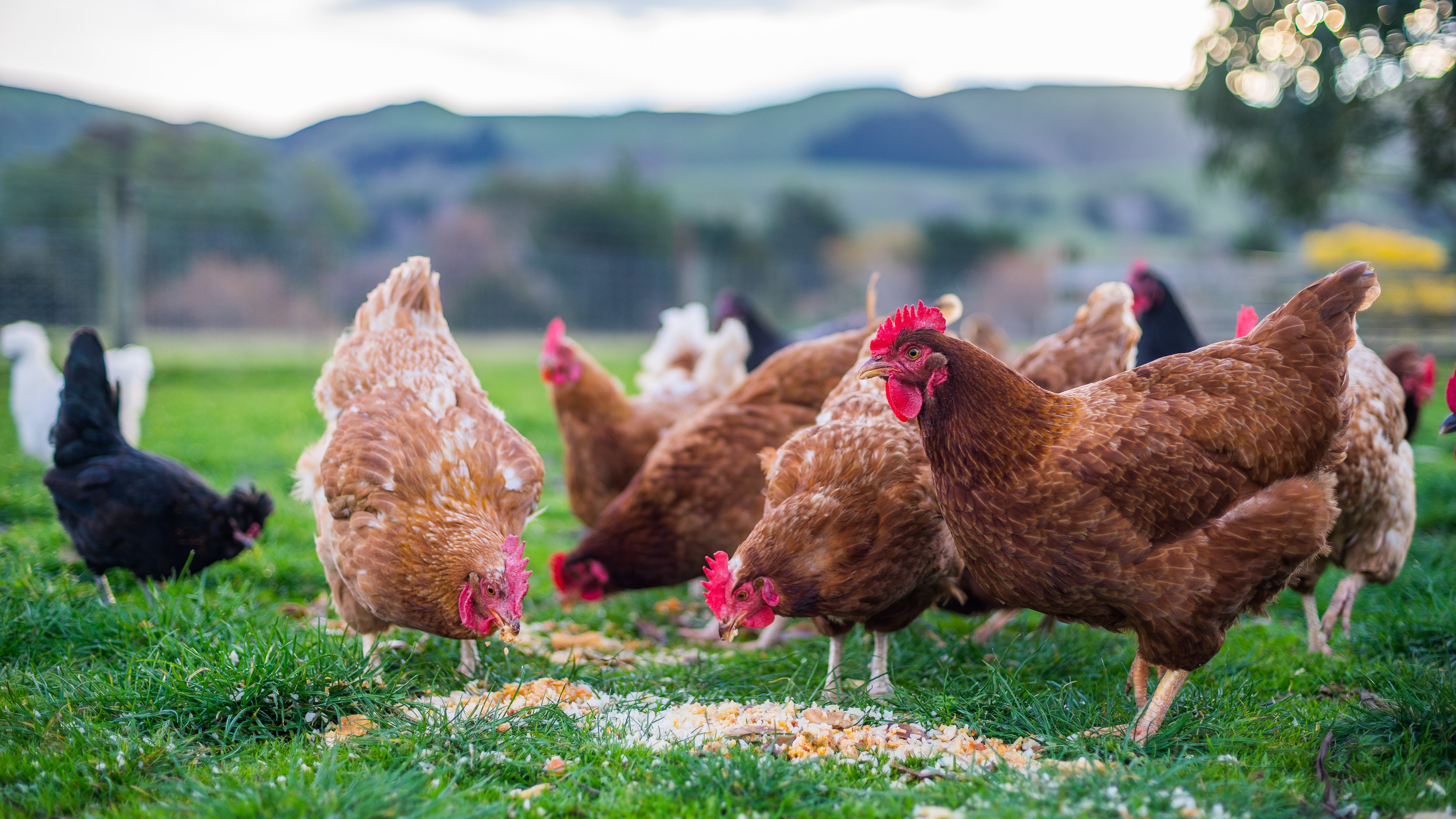Gutworms in cattle and sheep
This article is adapted from a longer article on the AHI website. The full article can be found here.
Introduction:
Infestation with worms which live in the gut is common in many animal species. These worms cause the condition known as parasitic gastroenteritis (PGE). This, roughly translated, means “inflammation of the stomach and intestines due to parasites”. The condition is common in cattle and sheep of all ages, but is especially common in the animal’s first grazing season. PGE can result in poor thrive and live weight gain, ill health, poor production and financial losses. Infested animals shed eggs from adult worms in the gut, which contaminate the pasture and which can infect other animals grazing the grass. Worm eggs can survive over winter on pasture so that animals infested during one grazing season can pass the disease on to animals which graze the ground the following year.
Causes:
- There are approximately 20 species of worms, known collectively as gutworms, which live in the intestines and stomach of cattle, and a similar number in the case of sheep.
- The two most economically important species of roundworms in cattle in Ireland are Cooperia oncophora, which lives in the small intestine,and Ostertagia ostertagi, which lives in the fourth stomach, also known as the abomasum.
- Some of the most important species of gut worms in sheep are Nematodirus battus, which lives in the small intestine; Haemonchus contortus and Teladorsagia circumcincta, which are found in the abomasum; and Trichostrongylus species, which can live in either the intestine or the abomasum .
- Most animals develop immunity to the worms over their lifetimes. Cattle typically become immune to Cooperia before the end of the first grazing season, whereas it takes most animals up to the end of the second grazing season to become immune to Ostertagia.
Clinical signs:
- Young animals may develop severe clinical infections that result in a reduction in feed intake, diarrhoea, “bottle-jaw” (collection of fluid under the jaw due to low blood protein levels) and rapid loss of condition.
- In the case of sheep, infestation with Haemonchus contortus can lead to anaemia, and infestation with Nematodirus battus is characterised by severe scour in young lambs between 6 and 12 weeks of age. This is typically seen in April, May and June. N. battus can also occasionally affect calves in their first grazing season.
- More commonly, PGE is present subclinically, which means that no clear signs of the disease are present, and farmers and veterinary practitioners may therefore be unaware of the associated production losses. Routine and regular weighing of animals can help to bring production losses to light.
- Gutworm-related production losses are often due to a loss of appetite from a sub-clinical PGE, which means that animals simply do not eat enough to support higher levels of production.


Diagnosis of gutworms
- Monitoring of live weight gain and production. If production is below what is expected, this can point to a problem with parasites.
- Carrying out of faecal egg counts at regular intervals throughout the season. Gutworms, fluke and lungworms can usually be checked for using the same sample, but you may have to specify which tests you require as the diagnostic techniques are different for each type of parasite. Samples need to be fresh for the diagnostic tests to work well.
- Blood tests for antibodies to worms which indicates past exposure to these worms.
- Taking dung samples from animals with signs of diarrhoea or ill thrift, or assessment of response to treatment of such animals with anthelmintic (antiworm) drugs.
- Your private veterinary practitioner is usually best placed to advise on a monitoring plan for your individual farm.
Treatment/control
- Most cases of PGE are treated with anthelmintic drugs. Commonly used classes of anthelmintics effective against gut worms include avermectins (e.g. ivermectin), benzimidazoles (e.g. albendazole) and imidazothiazoles (e.g. levamisole).
- Over reliance on one drug class can induce resistance to that class of drugs.
- Some anthelmintic drugs are not effective against certain stages of worms. For this reason, the use of levamisole as a wormer at housing time is not recommended.
- For severe individual cases, additional treatment with anti-inflammatory drugs or other supportive care may be required.
- Your PVP is best placed to advise on an appropriate treatment plan for the livestock on your farm.
Useful links/References:
- Animal Health Ireland website: http://animalhealthireland.ie/?page_id=405
- Sustainable Control of Parasites in Sheep (SCOPS) website: https://www.scops.org.uk/






